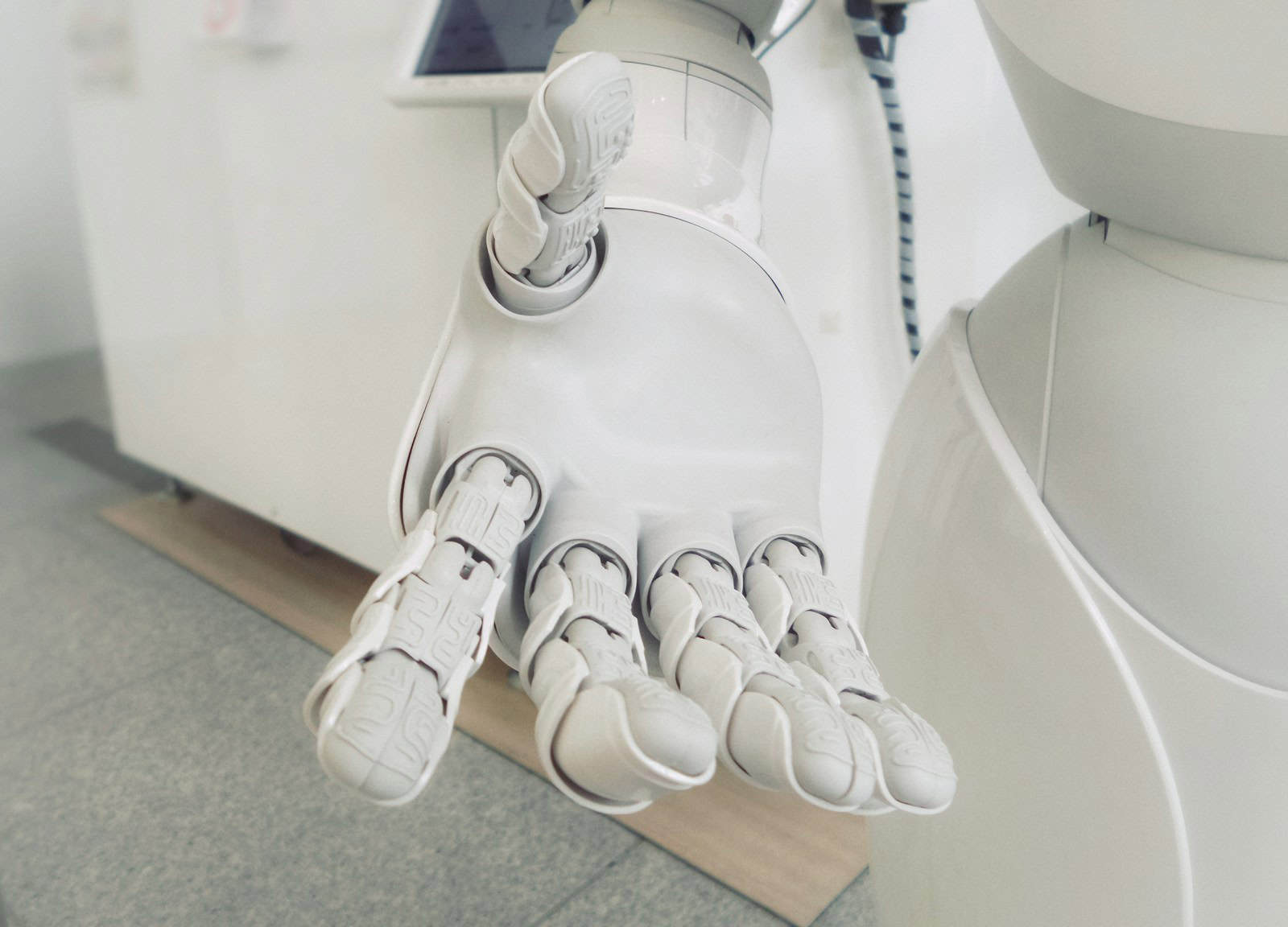Apple has just shaken the AI research community with a groundbreaking paper titled “The Illusion of Thinking: Understanding the Strengths and Limitations of Reasoning Models via the Lens of Problem Complexity.” Instead of relying on potentially skewed benchmarks like MATH or GSM8K—which many models are suspected of having memorized—Apple chose controlled, scalable logic puzzles (like Tower of Hanoi, River Crossing, and Block World) to isolate true reasoning behavior.
And the results? They don’t paint a pretty picture for today’s most hyped models like Claude-3.5 Sonnet-Thinking, DeepSeek-R1, Gemini 1.5 Pro Thinking, or OpenAI’s o1/o3-mini.
The Key Findings
Apple’s experiments reveal three distinct “reasoning regimes” based on task complexity:
- Low Complexity: Regular LLMs (without reasoning techniques like chain-of-thought) actually performed better than models marketed for reasoning.
- Medium Complexity: This is the sweet spot where reasoning models shine—showing improved performance by explicitly laying out intermediate steps.
- High Complexity: All models failed. Not just slightly—but catastrophically. Performance dropped to nearly zero once problem complexity hit a certain threshold.
Even more troubling, reasoning models actually reduced their reasoning effort as tasks got harder. Apple observed that as puzzles scaled, models used fewer tokens in their chain-of-thought responses, even when they had more than enough token budget left. This suggests a core limitation—not a resource issue.

These Models Aren’t Really Thinking
Perhaps the most damning insight: when models were handed a step-by-step algorithm and asked to follow it, they still failed at the same complexity breakpoint. This means they couldn’t even mimic an explicit logical procedure reliably. They didn’t just stumble—they fundamentally couldn’t generalize or execute basic logic when pushed.
In short: they don’t reason. They mimic.
Across Reddit, Hacker News, and LinkedIn, the verdict was swift:
“These models aren’t actually reasoning in any meaningful sense. They’re just very sophisticated pattern matchers that happen to write out their ‘thoughts’ before giving answers.”
“Chain-of-thought is an illusion. It’s like giving a parrot a calculator and being impressed it recites math problems.”
These reactions align with what Yann LeCun (Meta’s Chief AI Scientist) and others have been warning: today’s LLMs are limited by their auto-regressive architecture. They can simulate intelligence in low-to-mid complexity tasks—but crumble when true generalization is required.
Why This Matters for the Future of AI

Apple’s study is more than just a critique. It’s a high-resolution snapshot of where reasoning-focused AI models stand—and where they fall short. It calls into question the entire chain-of-thought trend dominating model training over the past 18 months.
Implications:
- AGI isn’t just a scaling problem: Throwing more parameters, tokens, or training data at the problem won’t produce general intelligence.
- Hybrid systems may be essential: Apple’s results support the growing push for models that combine neural networks with symbolic reasoning, long-term memory, and structured world models.
- Product design risks: Developers betting heavily on reasoning-layer enhancements (like Retrieval-Augmented Generation or multi-agent planning) must acknowledge these performance cliffs—and plan around them.
The “Illusion” That AI Is Ready to Think
The paper’s title isn’t just provocative—it’s precise. What Apple is exposing is the fragile scaffolding behind much of the reasoning model hype. Even state-of-the-art LLMs fail to apply algorithms they’ve been shown, misunderstand the structure of complex puzzles, and reduce their thinking effort as tasks get harder. That’s not intelligence. That’s performance theater.
While the study doesn’t claim reasoning is hopeless, it firmly reminds us that today’s models aren’t climbing the ladder to AGI. They’re very good at looking like they’re thinking—until it really matters.
This should be a turning point—not just for researchers, but for anyone relying on LLMs for complex tasks.
1. Token-Effort Breakdown & “Giving Up” Effect
As puzzle complexity increases, reasoning models (LRMs) initially use more tokens—mirroring deeper thought—but once they hit a complexity ceiling, their reasoning traces shrink dramatically. In other words, they “give up” rather than grind out a solution.
Apple interprets this not as budget-saving, but as an intrinsic scaling failure, where the model’s architecture prevents sustained reasoning under load.
2. Three Distinct Complexity Regimes
Apple’s classification of reasoning performance shows a stark transition across task complexity:
- Low Complexity
- Standard LLMs without chain-of-thought outperform LRMs.
- Reasoning models overthink simple tasks: they find the answer, then double-back through wrong paths, losing performance and efficiency.
- Medium Complexity
- LRMs gain an edge here. They strategically use token-consuming reasoning steps to eventually arrive at correct answers.
- High Complexity
- A sudden collapse: nearly zero accuracy across all models, reasoning-inclusive or not.
- Complex tasks cause utter failure, regardless of chain-of-thought depth.
3. Algorithmic Blind Spots
Even when provided a complete puzzle-solving algorithm (e.g., Tower of Hanoi procedure), the models still failed beyond a certain threshold. They were unable to implement explicit logic reliably. This contradicts the idea that chain-of-thought simply needs more structure to succeed.
4. Broader Context and Community Reactions
Across online forums and AI discussions, the verdict has been consistent:
“These models aren’t actually reasoning in any meaningful sense. They’re just very sophisticated pattern matchers that happen to write out their ‘thoughts’ before giving answers.”
“Chain-of-thought is an illusion. It’s like giving a parrot a calculator and being impressed it recites math problems.”
These reactions align with what many AI experts have warned: today’s LLMs are limited by their auto-regressive architecture. They can simulate intelligence in low-to-mid complexity tasks—but crumble when true generalization is required.
5. Connections to Other Model Findings
DeepSeek-R1, while praised for performance and token usage in benchmarks, exhibits the same critical bottleneck in logic tasks where true generalization is required.
Recent advances like compressed chain-of-thought techniques aim to streamline reasoning without losing performance, but Apple’s results suggest there’s likely a hard architectural ceiling on depth and complexity.
Why This Matters
The paper underscores that:
- Reasoning strength is bounded—more layers or tokens don’t guarantee better logic.
- AGI won’t emerge by brute-forcing chain-of-thought. Alternate strategies—symbolic modules, memory systems, hybrid agents—are required.
- Product implications: For systems relying on CoT (like multi-step planning agents), failure modes are not just possible—they’re inevitable at scale.
Summary Table
| Phase | Standard LLM | Reasoning Model (LRM) |
|---|---|---|
| Low Complexity | Quick & accurate — wins by default | Overthinks, less accurate |
| Medium Complexity | Struggles | Excels, leveraging CoT & reflection |
| High Complexity | Nearly zero accuracy | Crashes, reasoning effort collapses |
Best AI Tools for PC in 2025
AI tools for PCs have transformed dramatically in 2025. From advanced assistants like ChatGPT-4o and Microsoft Copilot to innovative newcomers like Grok-3 and Perplexity AI, today’s AI software isn’t just helpful—it’s redefining how we work, create, code, and learn. Even free tools now rival premium options, and many are optimized for Windows 11’s new Copilot+ features and the latest Ryzen AI and Snapdragon X-powered PCs.
The AI landscape is also becoming more personalized. Tools like Braina and Sider run locally with full control, while Perplexity and Gemini provide fast, cloud-powered research and multimodal input. Whether you’re a student, developer, content creator, or business user, there’s a tool tailored to your needs—and they’re only getting smarter.
New Highlights in 2025
- Windows 11 25H2: AI-first update with Copilot deeply integrated across apps
- AI-Optimized PCs: Snapdragon X, Ryzen AI Max+, and RTX 5090 boost local AI power
- Perplexity AI: Best-in-class AI search and assistant combo—now on Windows and mobile
- Grok-3 by xAI: Elon Musk’s model outperforms GPT-4o in reasoning benchmarks
- Mistral AI: Open-source leader with powerful new Devstral coding assistant
- Braina: Full-featured virtual assistant that works locally and respects privacy
Top AI Tools for PC (Updated 2025)
- ChatGPT-4o: Fast, multimodal, and now available to free users via Windows desktop app
- Microsoft Copilot: Seamlessly embedded in Windows 11 and Office apps with Recall and AI-powered file search
- Perplexity AI: Combines web search and assistant in one tool; uses GPT-4o, Claude 3, Gemini, and its own models
- Jasper AI: Still a top-tier tool for marketers and teams creating branded content at scale
- Braina: Privacy-focused assistant with offline capabilities and smart desktop integration
- Grok-3: Multimodal, web-connected AI from xAI with deep reasoning and powerful real-world knowledge
- Mistral Devstral: Open-source coding assistant that rivals GitHub Copilot and Devin
- Sider AI: Sidebar-style assistant with support for multiple models (GPT-4o, Claude, Gemini) and file chat
- Gemini 1.5 Ultra: Google’s best AI yet, known for fast response, deep context memory, and multimodal inputs
AI Tools Optimized for New PC Hardware
Thanks to specialized NPUs (Neural Processing Units), AI performance on PCs is skyrocketing. The latest Copilot+ PCs with Snapdragon X Elite, Ryzen AI 9 HX370, and Intel Core Ultra processors offer 45+ TOPS for fast local processing, meaning tools like Copilot, Braina, and Sider can now run more tasks without needing the cloud. Devices like the Asus ProArt P16, Microsoft Surface Laptop, and HP ZBook Ultra are leading the charge in AI-ready hardware.
New Trends: What’s Changing in AI for PC
- Multimodal Models: GPT-4o, Gemini 1.5 Ultra, and Grok-3 handle voice, image, text, and video simultaneously
- Privacy & Local AI: Braina and Mistral tools allow you to run tasks without cloud connections
- AI in Search: Perplexity, Bing with Copilot, and You.com offer rich, sourced, real-time answers
- AI-Coding Boom: Tools like Cursor, Devstral, and Devin redefine software development on PCs
Choosing the Right AI Tool for Your PC
Which tool you choose depends on what you need. Writers and marketers may gravitate toward Jasper and ChatGPT-4o. Developers are turning to Cursor, Mistral’s Devstral, and Braina for local workflows. If you want a smarter way to search and research, Perplexity and Grok-3 are your go-to choices. And for a deeply integrated, all-in-one solution on Windows, Copilot remains unmatched in Microsoft ecosystems.
Recommended Pairings (2025)
- Best AI for General Use: ChatGPT-4o, Copilot
- Best for Research: Perplexity AI, Grok-3
- Best for Coding: Devstral, Cursor, Cognition AI (Devin)
- Best for Privacy: Braina, Mistral AI
- Best for Marketing: Jasper
- Best for Image/Video: Runway, Sider, Adobe Firefly
With AI tools now deeply integrated into operating systems and purpose-built for local performance, your PC can do more than ever—faster, smarter, and safer. The AI arms race isn’t just happening in the cloud anymore. It’s right on your desktop.







